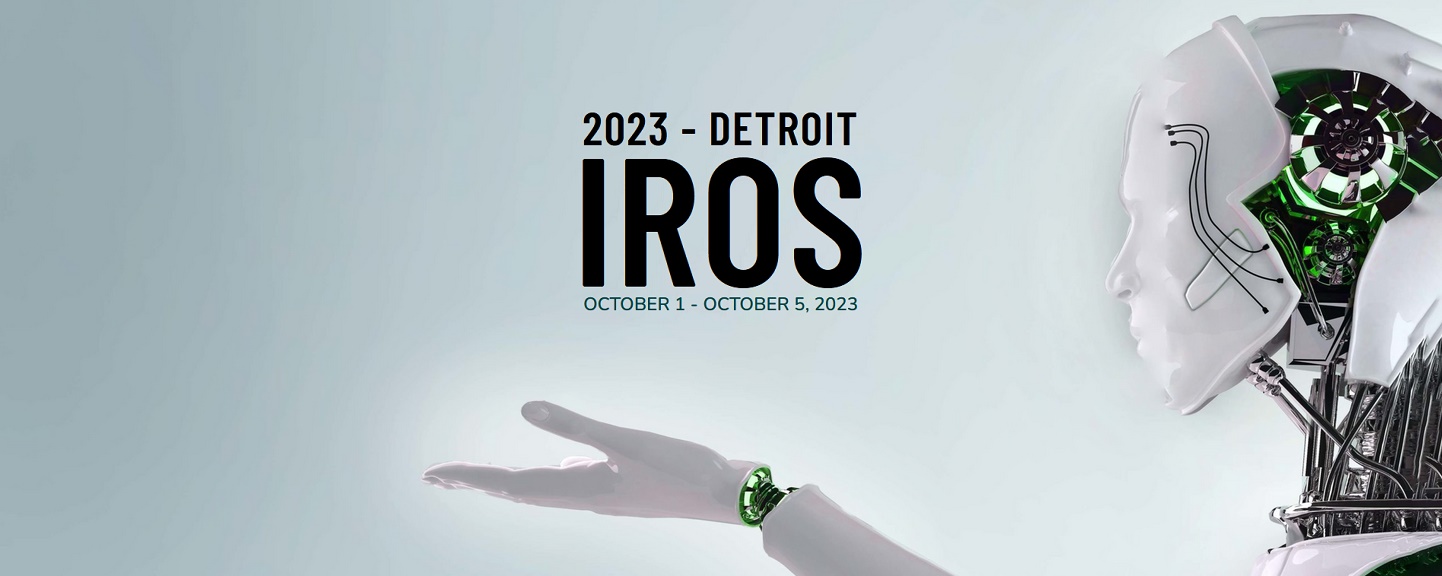In this episode, Abate flew to Denver, Colorado, to get a behind-the-scenes look at the future of recycling with Joe Castagneri, the head of AI at Amp Robotics. With Materials Recovery Facilities (MRFs) processing a staggering 25 tons of trash per hour, robotic sorting is the clear long-term solution.
Recycling is a for-profit industry. When the margins don’t make sense, the items will not be recycled. This is why Amp’s mission to use robotics and AI to bring down the cost of recycling and increase the number of items that can be sorted for recycling is so impactful.
Joe Castagneri
Joe Castagneri graduated with his Master of Science in Applied Mathematics, with an undergrad degree in Physics. While still in university, he first joined the team at Amp Robotics in 2016 where he worked on Machine Learning models to identify recyclables in video streams of Trash in Materials Recovery Facilities (MRFs). Today, he is the Head of AI at Amp Robotics where he is changing the economics of recycling through automation.

